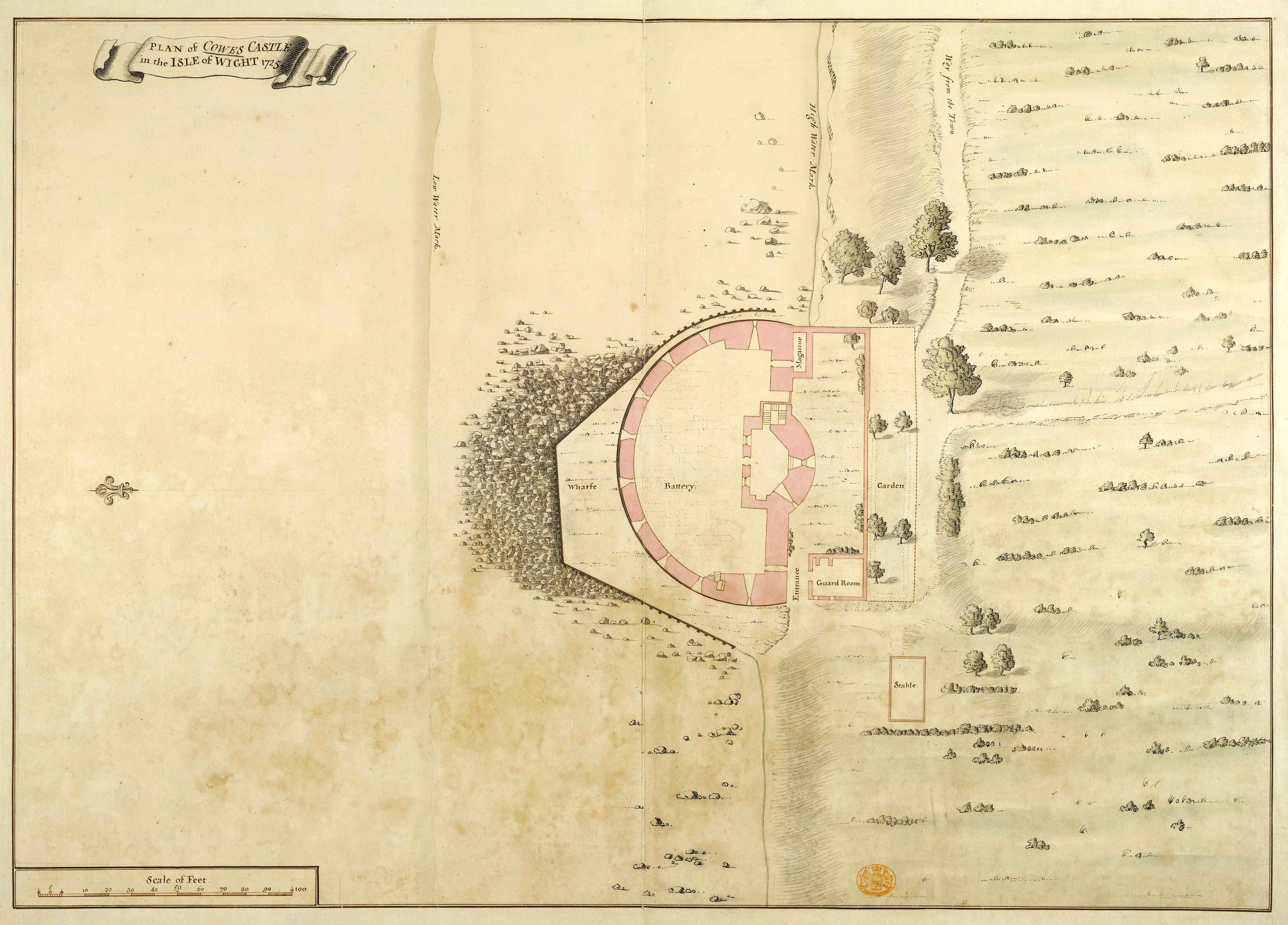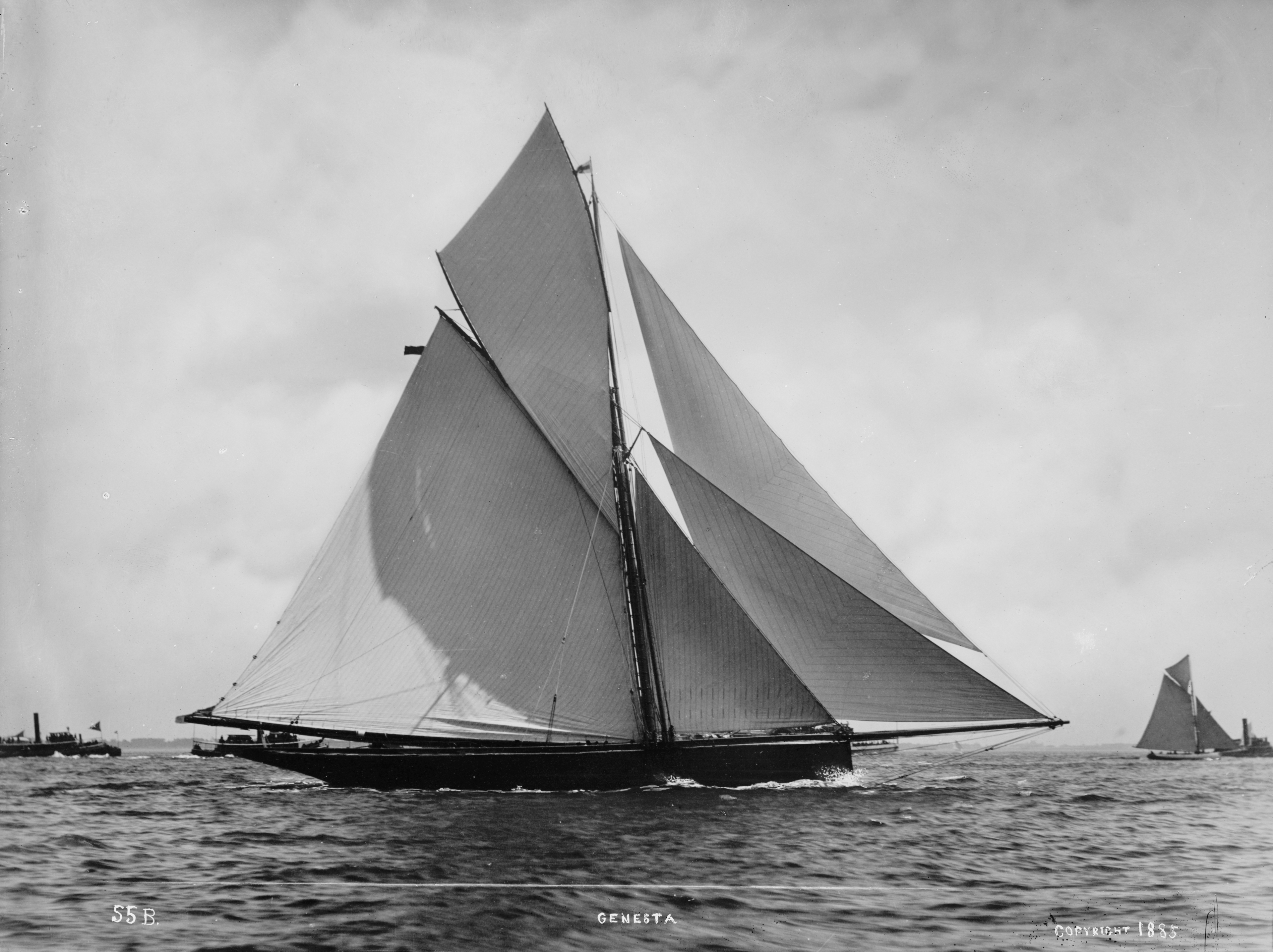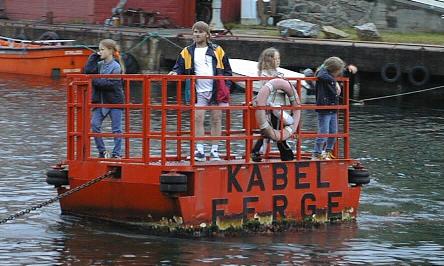|
Cowes
Cowes () is an English seaport town and civil parish on the Isle of Wight. Cowes is located on the west bank of the estuary of the River Medina, facing the smaller town of East Cowes on the east bank. The two towns are linked by the Cowes Floating Bridge, a chain ferry. As of 2020 it had an estimated population of 14,724. Charles Godfrey Leland's 19th-century verses describe the towns poetically as "The two great Cowes that in loud thunder roar/This on the eastern, that the western shore". Cowes has been seen as a home for international yacht racing since the founding of the Royal Yacht Squadron in 1815. It gives its name to the world's oldest regular regatta, Cowes Week, which occurs annually in the first week of August. Later, powerboat races are held. Much of the town's architecture is still heavily influenced by the style of ornate building that Prince Albert popularised. History Name The name ''Westcowe'' was attested in 1413 as the name of one of two sandban ... [...More Info...] [...Related Items...] OR: [Wikipedia] [Google] [Baidu] |
Cowes Floating Bridge
The Cowes Floating Bridge is a vehicular chain ferry which crosses the River Medina on the Isle of Wight, off the south coast of England. The ferry crosses the tidal river from East Cowes to Cowes. The first floating bridge between the two towns was established in 1859 and the crossing is one of the few remaining that has not been replaced by a physical bridge. The service is owned and operated by the Isle of Wight Council, which has run it since 1901. Prior to ownership by the local authority the service was run by The Floating Bridge Company and The Steam Packet Company (Red Funnel). The ferry currently used is named ''No. 6'', the sixth to be owned by the Isle of Wight Council, and ninth in total. It was built in 2017 and can carry up to 20 cars. The Cowes floating bridge remains the only way to cross the River Medina between the towns without taking a ten-mile trip via Newport. The current vessel was installed on 14 May 2017, but after a string of technical issues the servi ... [...More Info...] [...Related Items...] OR: [Wikipedia] [Google] [Baidu] |
East Cowes
East Cowes is a town and civil parish in the north of the Isle of Wight, on the east bank of the River Medina, next to its west bank neighbour Cowes. The two towns are connected by the Cowes Floating Bridge, a chain ferry operated by the Isle of Wight Council. East Cowes is the site of Norris Castle, and Osborne House, the former summer residence of Queen Victoria and Prince Albert. The Prince had a major influence on the architecture of the area, for example on the building of St Mildred's Church in nearby Whippingham, which features distinctive turrets imitating those found on a German castle. History The name ''Estcowe'' (East Cowes) originally comes from one of two sandbanks each side of the River Medina estuary, so-called after a supposed likeness to cows. The name was subsequently transferred to fortifications built during the reign of Henry VIII on the east bank ( East Cowes Castle) to dispel a French invasion, referred to as cowforts or cowes, which subseque ... [...More Info...] [...Related Items...] OR: [Wikipedia] [Google] [Baidu] |
Cowes Week
Cowes Week ( ) is one of the longest-running regular regattas in the world. With 40 daily sailing races, up to 1,000 boats, and 8,000 competitors ranging from Olympic and world-class professionals to weekend sailors, it is the largest sailing regatta of its kind in the world. Having started in 1826, the event is held in August each year on the Solent (the area of water between southern England and the Isle of Wight made tricky by strong double tides), and is run by Cowes Week Limited in the small town of Cowes on the Isle of Wight. Description Cowes Week is held at the beginning of August, set after Glorious Goodwood in the social calendar, which in most years means from the first Saturday after the last Tuesday in July, until the following Saturday. It is occasionally moved to another week if the state of the tides in the normal week is unfavourable or, as in 2012, to avoid a clash with the Olympic Games. The regatta is famous for its fireworks on the final Friday. The d ... [...More Info...] [...Related Items...] OR: [Wikipedia] [Google] [Baidu] |
Cowes Castle
Cowes Castle, also known as West Cowes Castle, is a Device Fort in Cowes on the Isle of Wight. Originally built by Henry VIII in 1539 to protect England against the threat of invasion from France and the Holy Roman Empire, it comprised a circular bastion, flanking wings and a keep, and in 1547 it housed 17 pieces of artillery. With its companion fortification at East Cowes, the castle overlooked the entrance to the River Medina, an important anchorage. The invasion threat passed but the fortification continued in use until the middle of the 19th century, very briefly seeing action in 1642 during the English Civil War. Decommissioned in 1854, the castle was first leased, and later bought outright, by the Royal Yacht Squadron to form their new clubhouse. The Squadron then employed the architect Anthony Salvin to rebuild large parts of it between 1856 and 1858. It became the headquarters for part of the D-Day invasion force during the Second World War, but has otherwise remain ... [...More Info...] [...Related Items...] OR: [Wikipedia] [Google] [Baidu] |
Red Funnel
Red Funnel, the trading name of the Southampton Isle of Wight and South of England Royal Mail Steam Packet Company Limited,Companies House extract company no 2404 Southampton Isle of Wight & South of England Royal Mail Steam Packet Company Limited} is a ferry company that carries , and on routes between the English mainland and the |
Henrician Castles
The Device Forts, also known as Henrician castles and blockhouses, were a series of artillery fortifications built to defend the coast of England and Wales by Henry VIII. Traditionally, the Crown had left coastal defences in the hands of local lords and communities but the threat of French and Spanish invasion led the King to issue an order, called a "device", for a major programme of work between 1539 and 1547. The fortifications ranged from large stone castles positioned to protect the Downs anchorage in Kent, to small blockhouses overlooking the entrance to Milford Haven in Pembrokeshire, and earthwork bulwarks along the Essex coast. Some forts operated independently, others were designed to be mutually reinforcing. The Device programme was hugely expensive, costing a total of £376,000 (estimated as between £2 and £82 billion in today's money); much of this was raised from the proceeds of the Dissolution of the Monasteries a few years before. These utilitarian fortifica ... [...More Info...] [...Related Items...] OR: [Wikipedia] [Google] [Baidu] |
Isle Of Wight
The Isle of Wight ( ) is a Counties of England, county in the English Channel, off the coast of Hampshire, from which it is separated by the Solent. It is the List of islands of England#Largest islands, largest and List of islands of England#Most populous islands, second-most populous island of England. Referred to as 'The Island' by residents, the Isle of Wight has resorts that have been popular holiday destinations since Victorian era, Victorian times. It is known for its mild climate, coastal scenery, and verdant landscape of fields, downland and chines. The island is Historic counties of England, historically part of Hampshire, and is designated a UNESCO Biosphere Reserve. The island has been home to the poets Algernon Charles Swinburne and Alfred, Lord Tennyson. Queen Victoria built her summer residence and final home, Osborne House at East Cowes, on the Isle. It has a maritime and industrial tradition of #Neolithic Isle of Wight, boat-building, sail-making, the manufacture ... [...More Info...] [...Related Items...] OR: [Wikipedia] [Google] [Baidu] |
River Medina
The River Medina is the main river of the Isle of Wight, England, rising at St Catherine's Down near Chale, and flowing northwards through the county town Newport, towards the Solent at Cowes. The river is a navigable tidal estuary from Newport northwards, where it takes the form of a ria (a drowned valley). This occurred because the Medina used to be a tributary of what was once the " River Solent", with a larger catchment area. As the Solent valley flooded, the river received less water and more sediment, causing it to become more tidal. The river is bridged at Newport. Cowes is connected to East Cowes by a chain ferry known as the Cowes Floating Bridge. The river also has several small ferries which cater mainly for sailors. The name ''Medina'' comes from the Old English ' meaning "the middle one", and the current pronunciation was first recorded as 'Medine' in 1196. The river's only named tributary is Lukely Brook. The navigation of the river was improved in the ninete ... [...More Info...] [...Related Items...] OR: [Wikipedia] [Google] [Baidu] |
Royal Yacht Squadron
The Royal Yacht Squadron (RYS) is a British yacht club. Its clubhouse is Cowes Castle on the Isle of Wight in the United Kingdom. Member yachts are given the suffix RYS to their names, and are permitted (with the appropriate warrant) to wear the White Ensign of the Royal Navy rather than the merchant Red Ensign worn by the majority of other UK registered vessels. The club's patron was Queen Elizabeth II. The Royal Yacht Squadron entered the 2021 America's Cup in Auckland, New Zealand, with the Ineos Team UK syndicate led by Sir Ben Ainslie, but did not win. In March 2021, an entity associated with the RYS, called Royal Yacht Squadron Racing Ltd, was officially accepted as the Challenger of Record for the 37th America's Cup competition. History Founded on 1 June 1815 in the Thatched House Tavern in St James's, London as The Yacht Club by 42 gentlemen interested in sea yachting, the original members decided to meet in London and in Cowes twice a year, to discuss yacht ... [...More Info...] [...Related Items...] OR: [Wikipedia] [Google] [Baidu] |
Cable Ferry
A cable ferry (including the terms chain ferry, swing ferry, floating bridge, or punt) is a ferry that is guided (and in many cases propelled) across a river or large body of water by cables connected to both shores. Early cable ferries often used either rope or steel chains, with the latter resulting in the alternative name of chain ferry. Both of these were largely replaced by wire cable by the late 19th century. Types There are three types of cable ferry: the reaction ferry, which uses the power of the river to tack across the current; the powered cable ferry, which uses engines or electric motors (e.g., the Canby Ferry in the U.S. State of Oregon) to wind itself across; and the hand-operated type, such as the Stratford-upon-Avon chain ferry in the UK and the Saugatuck Chain Ferry in Saugatuck, Michigan, United States. Powered cable ferries use powered wheels or drums on board the vessel to pull itself along by the cables. The chains or wire ropes can be used with a s ... [...More Info...] [...Related Items...] OR: [Wikipedia] [Google] [Baidu] |
Southampton
Southampton () is a port City status in the United Kingdom, city in the ceremonial county of Hampshire in southern England. It is located approximately south-west of London and west of Portsmouth. The city forms part of the South Hampshire, South Hampshire built-up area, which also covers Portsmouth and the towns of Havant, Waterlooville, Eastleigh, Fareham and Gosport. A major port, and close to the New Forest, it lies at the northernmost point of Southampton Water, at the confluence of the River Test and River Itchen, Hampshire, Itchen, with the River Hamble joining to the south. Southampton is classified as a Medium-Port City . Southampton was the departure point for the and home to 500 of the people who perished on board. The Supermarine Spitfire, Spitfire was built in the city and Southampton has a strong association with the ''Mayflower'', being the departure point before the vessel was forced to return to Plymouth. In the past century, the city was one of Europe's mai ... [...More Info...] [...Related Items...] OR: [Wikipedia] [Google] [Baidu] |
Isle Of Wight (UK Parliament Constituency)
Isle of Wight ( ) is a constituency represented in the House of Commons of the UK Parliament since 2017 by Bob Seely, a Conservative. Created by the Great Reform Act for the 1832 general election, it covers the whole of the Isle of Wight. It had the largest electorate of any constituency at the 2019 general election. Boundaries The Isle of Wight has been a single seat of the House of Commons since 1832. It covers the same land as the ceremonial county of the Isle of Wight and the area administered by the unitary authority, Isle of Wight Council: a diamond-shaped island with rounded oblique corners, measuring by , the Needles and similar small uninhabitable rocks of very small square surface area. The island is linked by ferry crossings from four points (five points if counting Cowes and East Cowes separately) to three points in Hampshire: Lymington, Southampton and Portsmouth. Its electorate of 113,021 at the 2019 general election is the largest in the UK, more th ... [...More Info...] [...Related Items...] OR: [Wikipedia] [Google] [Baidu] |
_(LOC)_(16333616919).jpg)

.jpg)




